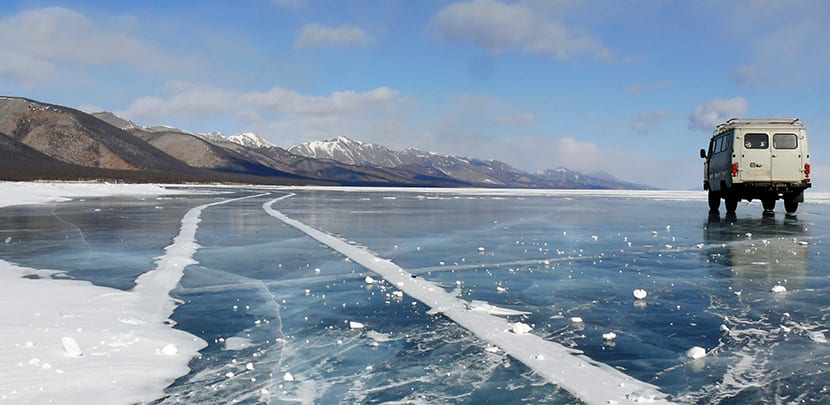
We said that if you like adventure tourism, being in a distant and strange place, then Mongolia can become that special destination that feeds our soul and makes us change certain things about our personality.
Traveling is experimenting and when you travel far and come into contact with other cultures you realize how vast the world is and how small your everyday world is. All at the same time. We believe that it is these experiences that make us more open, more understanding, more human. The beauty of Mongolia is superb and touches the soul with the force of a crush so here is some tourist destinations to enjoy:
Orkhon Valley

This valley is UNESCO World Heritage since 2004. It occupies a space of almost 122 thousand hectares on either side of the Orkhon River. They are vast grasslands that include some archaeological sites dating back to the XNUMXth century - a chapel dating from Genghis Khan's Mongol Empire, for example.
Why did UNESCO include the valley on its prestigious list? Because the area reflects the symbolic ties between nomadic and pastoral societies with their religious centers and because it has a place in Central Asian history as crossroads of civilizations and knot between East and West. Mongolia is known for its green pastures so no one should miss this place which is located in the central part of Mongolia. about 360 kilometers from Ulan Bator or Ulaanbaatar.
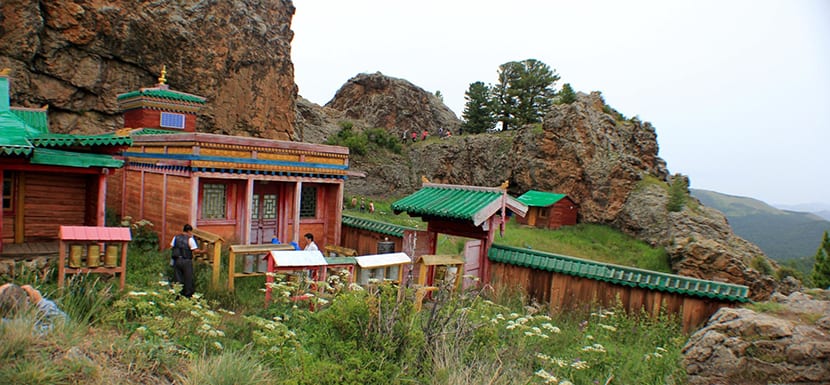
Here there are archaeological sites of Turkish origin from the eleventh and seventh century, the memorials of Bilge Khan and Kul Tigin, beautiful constructions that were discovered by Russian archaeologists in the late XNUMXth century, the ruins of the old capital of the Uyghur Empire, palace, shops, monasteries, temples, all from the XNUMXth century; also the ruins of the capital of the empire of Genghis Khan, Karakorum and some monasteries.
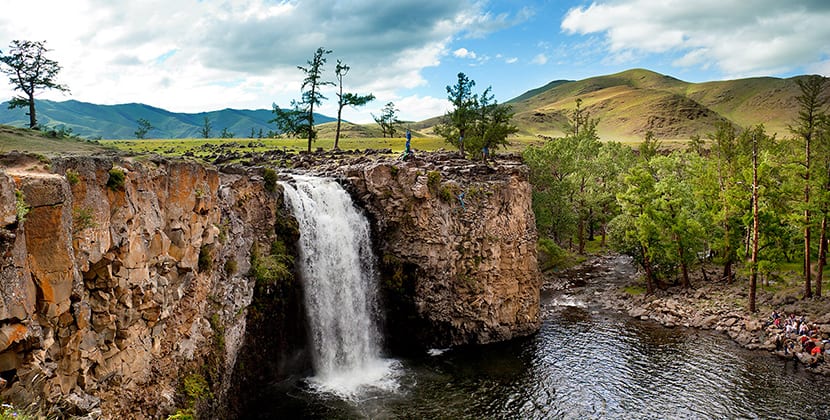
Added are the remains of a Mongolian palace that was the residence of Khan Ögedei, the Erdene Monastery which was partially destroyed by communism in the 30s of the XNUMXth century, the beautiful Tuvkhun Monastery, on top of a 2600-meter-high hill, also affected by the communists, and finally a beautiful waterfall, the Ulaan Tsugalan Waterfall, ten meters wide and 20 high that in winter gets to freeze. Precious.
The Flaming Cliffs of Bayanzag
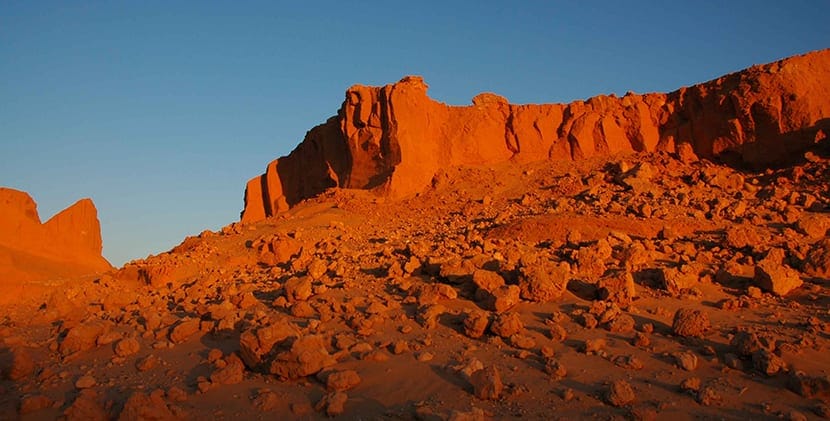
With this name you should expect a wonderful site and it is. Is about red sand cliffs, that's why it's brand new, red and ocher like flames. They are located about 100 kilometers from Dalanzadgad. They are full of bushes and that is why they have always been a good place to feed camels.
These cliffs are wonderful because in addition hide dinosaur fossils. In 1922 an American paleontologist surnamed Andrews, discovered bones and fossilized eggs belonging to a two-meter-long, herbivorous dinosaur, which remains to be identified but is known as the Andrews proteceratops. Hundreds of fossilized bones were unearthed and some of a velociraptor (Remember Jurassic Park?).
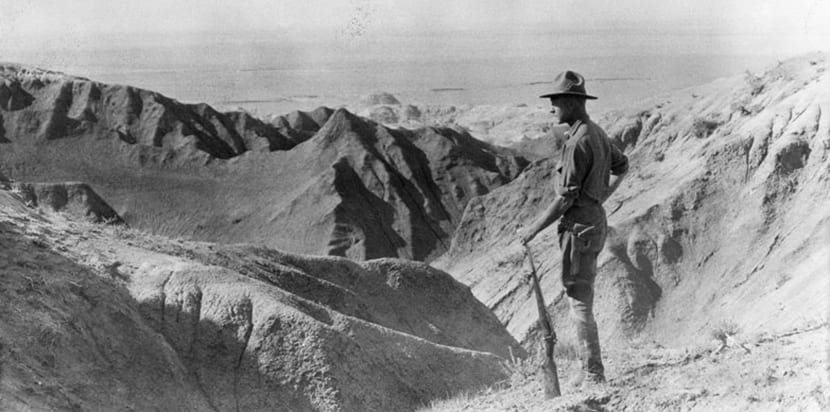
During Soviet rule, although more was explored in search of minerals, archaeological excavations continued and more dinosaurs came to light, including the Tarbosaurs, the most famous dino in Mongolia. When the Berlin Wall fell, the Mongolian borders were also opened so other paleontologists and archaeologists from the rest of the world could enter, and tourism also began in the '90s.
In 2015 a museum opened its doors right here movable full of replicas of fossils found by Andrews more than a century ago so travelers can learn , about the wealth of this Mongolian region.
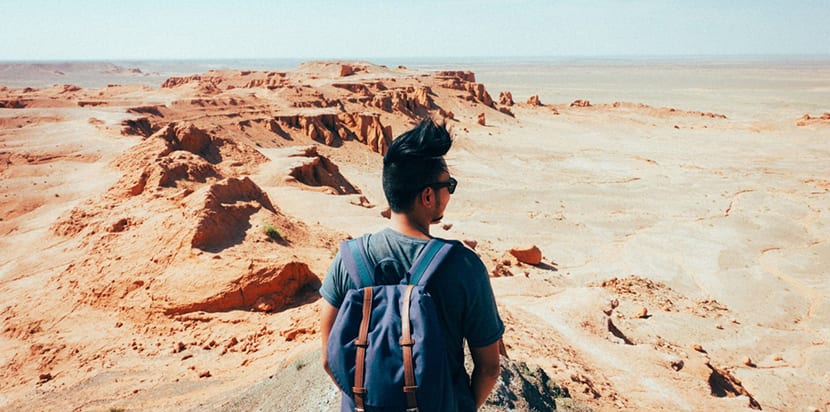
To visit the Flaming Cliffs you have to sign up for an organized tour. The groups approach on foot as cars are prohibited. It is advisable to bring sunscreen, food and water as well. If by these coincidences you come across a fossil, you are asked not to take it or touch it for fear of destroying it through negligence.
The Uushgiin Stones
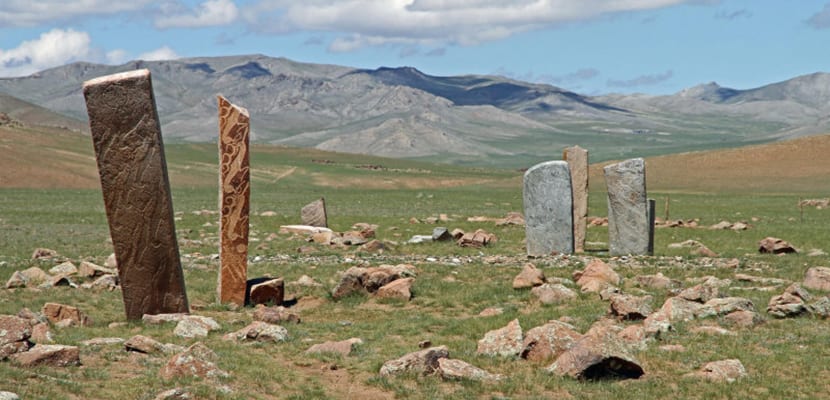
It is the heart of the Bronze Age in Mongolia. In these territories many monuments of that time have been found and these strange stones in general are usually found together, next to some extraordinary monuments called khirgisurr, in complexes containing funerary stelae sometimes with petroglyphs engraved on them.
The calls deer stones are unique monuments dating from the Bronze Age and the Early Iron Age and they are usually found in Central Asian countries, including Mongolia. Us they talk about the funeral practices of that distant time, of rituals and ideologies that the people of that time practiced.
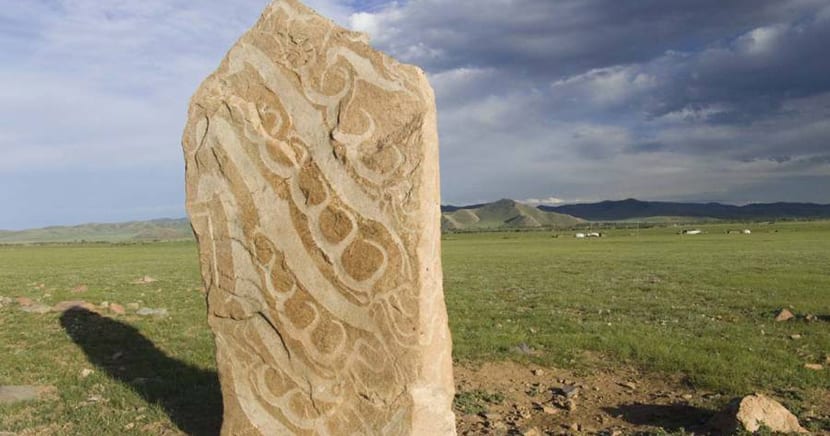
They are called that way, deer stones, because the stones always have very beautiful drawings of deer. They are granite stones, created from a single block, with four flat sides that bear the drawings of deer and other images. Each stone has anthropomorphic drawings and a face, a torso and a body are distinguished in them.
Three sections: on the face there are usually human faces, symbols of the sun and the moon and stylized deer, on the torso sometimes horses or other animals and below images of belts, horsemen and weapons. All very artistic.
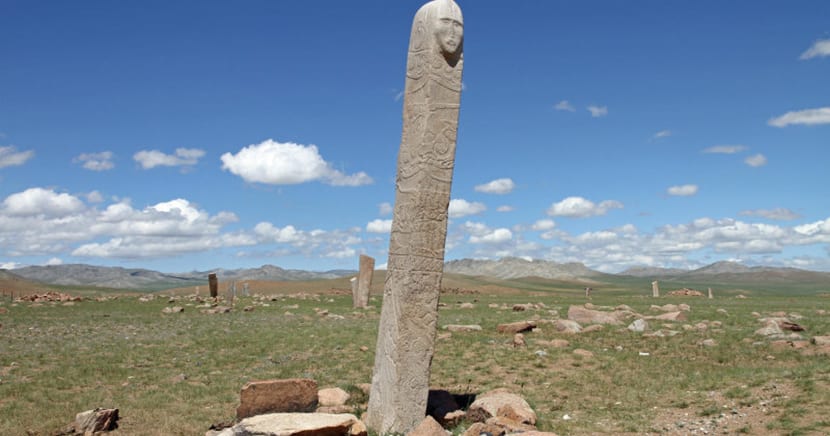
The stones they are usually between one and four meters tall and many times its decoration combines different styles. Archaeologists say they involved many hours of work so it seems that were dedicated to leaders and warriors. More than 1200 of these fantastic stones have been found and in Mongolia there are only many sites, one of them is Uushgiin Uvur, a complex south of Uushigh Mountain, in Khuvsgul province.
The complex occupies about 400 hectares and there are about 30 of these stones plus more enormous funeral stelae khirgisurrs. It is a fantastic destination, without a doubt.
Lake Hovsgol
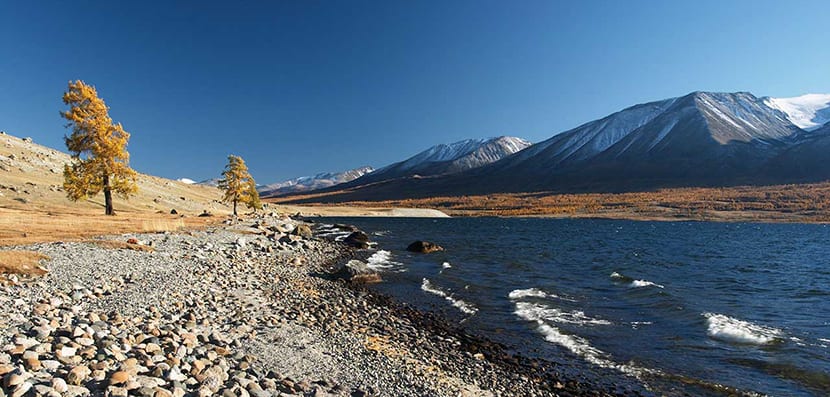
It is near the Uushgiin stones and it is known as the Mother Ocean or the Blue Pearl among the Mongolian people. It's about a freshwater lake containing about 2% of the world's fresh water. It is also considered a sister side to Lake Baikal.
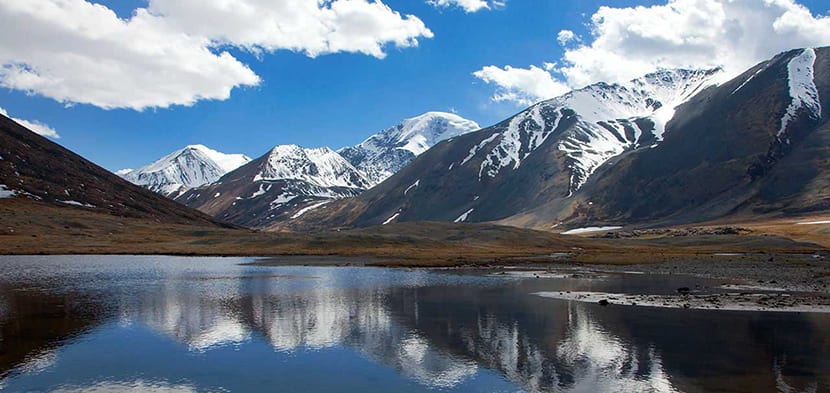
It is the second largest lake in the country and it is 136 meters long by 262 deep at its deepest point. It is at an altitude of more than 1600 meters very close to the Russian border. It is embraced by many mountains, some more than three thousand meters high, and it has deep blue waters. In winter due to the bloody cold of the region, sometimes -40 ºC, its surface freezes.
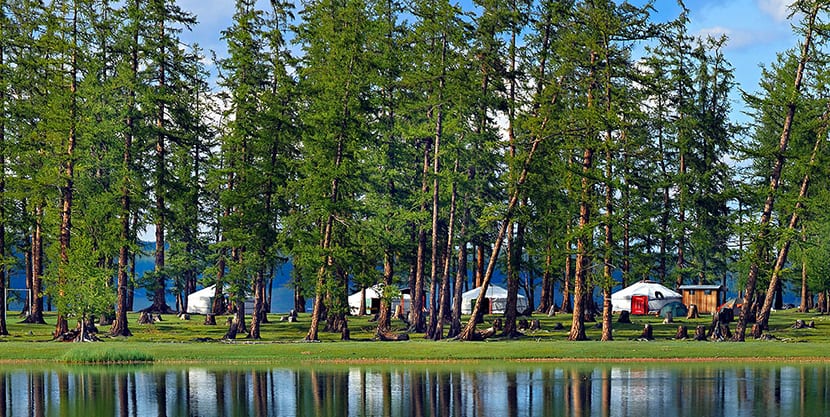
While in these waters salmon roam in the surrounding lands there are wild horses, reindeer and yaks. The water is very pure, so much so that skating in winter has been prohibited to maintain that purity and absence of contamination. Anyway camping is allowed on the shore and many travelers come to the town of Hatgal, not far away, which is the base of local tourism. The tours generally arrive on horseback and allow contact with nomadic tribes.
These are some of the most fascinating destinations in Mongolia. They are not the only ones, but if you like nature, solitude and adventure, these are the ones you cannot miss on a trip to distant, exotic and beautiful Mongolia.
What are the most beautiful and picturesque towns in Mongolia?
It is a very enigmatic country.